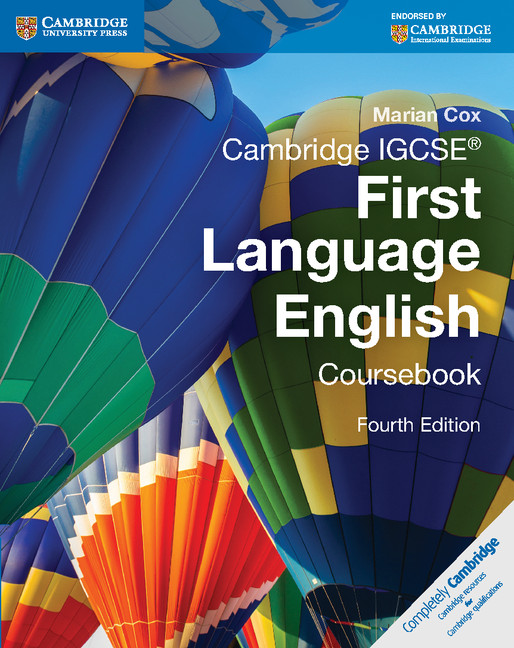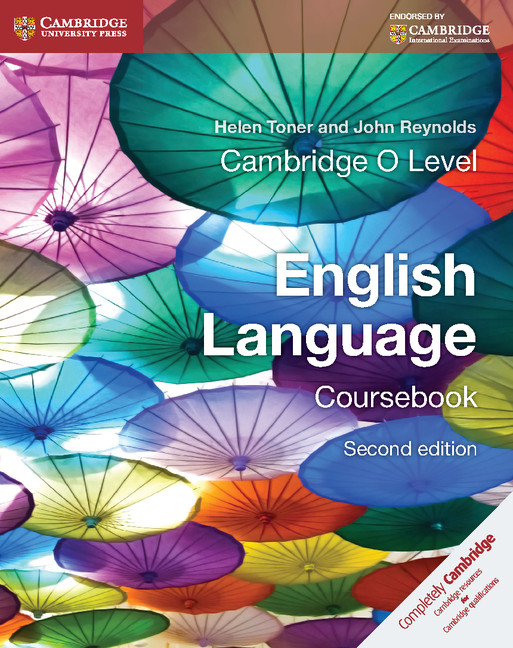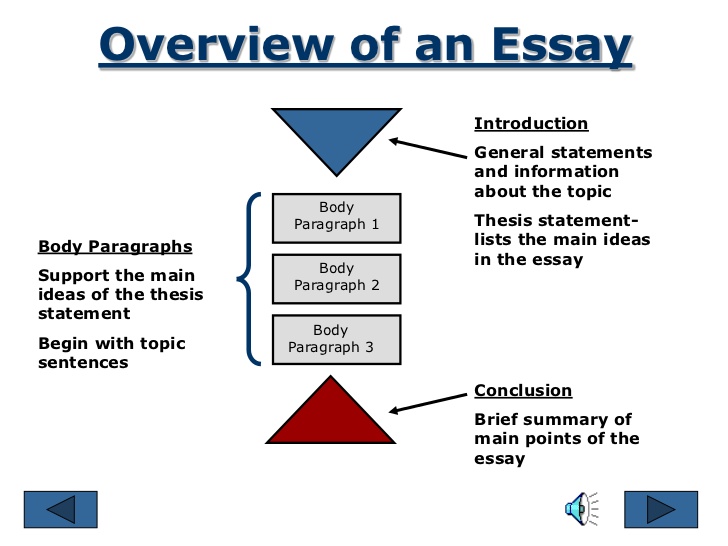Cambridge OL English Essays 1

Cambridge OL English Essays 1
by bunpeiris
An essay is a development of an argument, interpretation or analysis brought into the reader, concisely and economically, by way of an enlightening and flowing sequence of points, evidence & explanations that makes the theme alive and vibrant.
 |
 |

The task of an essay set by Cambridge OL English language examination is an opportunity for you all to express yourself with all the reasoning powers of yours. You do reason all the time; at home get your parents to agree to what you need; you argue at school presenting your perspectives making the teacher elaborate the subject, sometime in a way he has never done before; you do explain matters to your friends to iron out the differences that arose following a conflict among you. It is with reasoning we arrive at cause and effect, truth and falsehood, who is right, who is wrong and what is good or bad. You have been reasoning all over the show, in & out of the party & the park, all your life. Now, in the task of an essay, you aren’t asked to do anything alien; you are only asked to do what is within you, inherent in you. All you have to do is reason out. All you have to do is applying the same reasoning powers of yours to the essay task set in the examination. But then, to perform well at this level in Cambridge OL, by now, you should have learned English grammar well: you need to maintain consistency in tenses and make use of all four sentence types, i.e. simple sentence, compound sentence, complex-sentence & compound-complex sentences. You should have become competent in the “Use of language”, the fifth strand that supplement your Macro-skills of listening, speaking, reading and writing skills. You should have grasped the concepts of tone and register of English language. You would have acquired these micro competencies by reading supplementary graded readers in all your lower grades till grade 9 in school. If you haven’t read classics, if you haven’t enjoyed the likes of “ Tom Sawyer”, ‘Oliver Twist”, “Robinson Crusoe”, “Gulliver’s Travels”, “Moby Dick” & “Rostam and Sohrab”, still it isn’t too late: you can begin now.
Writing essays doesn’t end with Cambridge OL English language. Writing essays remains a major feature in your academic career from OL onwards to your doctorate in your field. Since in another five years’ time it is highly unlikely that a single university degree would secure a decent employment for you, make up your mind to go for a doctorate. Also remember, the regime after regime strives to push you down to the ground, lay spread, lay bare, lay defenseless and ill-educated. Take courage, in spite of the suppressive regimes, to rise up above them, for your own sake and for the sake of your motherland. Learn of 2500+ years of our glorious Sinhalese history, get immersed in our culture, gain knowledge of our heritage: learn of Sri Lanka. Learn of our lifeline: ancient irrigation reservoirs that cultivate the paddy fields providing us with our staple diet, rice. Learn to love your motherland as you love your mother and father: hold patriotism above all. Get armed with English language to defend your motherland in the global stage. No country translates into no life. Look at the Palestinians. Then again in your incoming adult life, the competence in writing and speaking makes you stand out amidst the literary elite: it’s the beacon of your sophistication. Competent writing is a hallmark of a well-educated person, a person who can articulate his thoughts, a person who comes up with firm reasoning anytime, anywhere. The refinement of reasoning powers raises you to greater level of eloquence, i.e., fluency or persuasive speaking or writing coupled with erudition, i.e., the quality of having or showing great knowledge or learning. Do not become another orator or writer strictly in Sinhalese whose world is confined to Sri Lanka such as those in the high seats of power in the island. Set your course to become proficient in writing essays & making speeches so that you would, in time, stand out among the literary elite and nail your colours to the mast. Become a global citizen that can stand, speak and reason out with eloquence in the global stage.
[a] Essay is a learning tool for the students: it develops analytical, interpretive, argumentative,organizational, communicative competencies of the learners.
[b] Essay is a time-honoured evaluating tool for the teachers & examiners: essay assignments can be set up to evaluate any or all the learning levels of the learners, i.e., Blooms taxonomy- knowledge, comprehension, application, analysis, evaluation and synthesis.
The composition tasks set in the Cambridge O L English language examination 2020 onwards are
[a] Argumentative essays: put forward a point of view and justify your reasons.
[b] Descriptive essays: describe a place or a person or an event
[e] Narrative Essays: write a story
[d] Personal Essays: something you have experienced personally
Cambridge O L English language examination Paper 1 Section 2 titled “Creative Writing” [350-500 words; 30 marks] offer your five options: select one and write your essay. For example following are the tasks given in the year 2014 & 2013. You may pick your choice out of the 5 options.
Task 1
Your school is very popular and the number of students is increasing.
This means that it is more difficult to buy snacks at break time. Your Principal wants to make break time easier for everyone. She asks you to write a report for her about how to do this.
some of the difficulties that you and other students have at break time
suggestions about how the school can make break time easier
how the students and the school will benefit.
Task 2-6 30 marks
Description
2. Describe two different places where you would take a relative who is visiting you. [Remember you can describe the atmosphere and the surroundings, not just what you do there.]
3 Do you think elderly people are important in the family and modern society? Give reasons and examples to support your view.
5. Write a story which includes the words: ‘When they entered the room, we were impressed by what they were wearing.’
presentation of your argument bears upon the structure your essay. If the structure is the paved lane, the conclusion of the argument is the destination. The creation of a structure suitable for the essay results in presenting an effective argument.
[d] Spatial structure: beginning with one part of an item being described to moving another part and co on
|
The general shape of an essay: introduction, body, conclusion
|
|
|
Types Of Essays In Cambridge OL
|
Organization of the Essay
|
|
Argumentative
Essays: present your point of view |
Persuasive Structure
|
|
Descriptive
Essays: about a person, place or an event |
Spatial Structure
|
|
Discursive [ NOT TESTED 2020 ONWARDS]
Essays: explore ideas/impartial approach |
Comparative Structure
|
|
Personal [ NOT TESTED 2020 ONWARDS]
Essays: something you have experienced |
Chronological Structure
|
|
Narrative
Essays: write a story |
Chronological structure
[Begining with flash-back, a narrative work beginning in medias res is too advance for you at OL] |
[A] Follow the basic format of essay writing
[B] Follow the features of an essay
[C] Focus on the question, Focus on the question, Focus on the question
[D] Give a clear, structured reply
[E] Follow up of the outline in the introductory paragraphs
[F] Demonstrate a good knowledge and understanding of the subject.
[G] Make the essay clear, sequential and coherent by writing
The introduction moves from general to specific. It does one or more of following
opening sentence or two): announce the topic.
[b] Answer the question with a thesis statement: tell reader what the essay is about
[c] Provide the PLAN OF DEVELOPMENT: a summary or ‘road map’ of your essay (keep it brief, but mention all the main ideas): this is a preview the main ideas. Introduce three main points or topic sentences in this paragraph which you have planned to elaborate in three body paragraphs.
[d] It captures the attention of the reader
]e] Features the thesis statement at the end of the introduction.
Follow the technique “PEEL”: Point, Evidence, Explanation, Link
[a] Each main idea is written at the beginning of paragraph: topic sentence or point
[b] Develop each idea with specific details and examples: evidence
[c] Use relevant evidence, examples and authoritative quotes: evidence
[d] Answer the question by developing a discussion: explanation
[e] Offer exposition, show your knowledge and grasp of material you have read:
[f] Link what you explained or argued to the topic sentence.
The conclusion moves from specific to general. It does one or more of following:
[a] Restate your answer to the question: Restate the thesis & main points
supporting it; makes an allusion to the pattern used in the introductory paragraph,
[b] Re-summarise the main points in wording, different from the introduction
[c] restatement of the thesis statement, using some of the original language or language that “echoes” the original language.
[d] It evaluates the main ideas.
[e] Include a final, broad statement (about possible implications, future directions for research, to qualify the conclusion etc.)
[f] It stimulates the reader to action.
[g]It evaluates the main ideas.
[i] It makes a conclusion or prediction: final statement that gives the reader signals that the discussion has come to an end.
(This Final statement may be a “call to action” in a persuasive essay.) However, never introduce new information or ideas in the conclusion-its purpose is to round off your essay by summing up
[a] Introductory paragraph
[b] Three body paragraphs in line with paragraph writing technique PEEL [Point; Explanation; evidence; Linking]
[c] Concluding paragraph
[a] voice: when the writer sounds like himself, rather than a machine
[b] word choice: the writer’s use of specific vocabulary.
[a] Content: the ideas that the writer is trying to get across to the reader.
[b] Organization: the structure in which the writer’s ideas are presented.Writing traits that make an essay presentable and easy to read:
[a] Sentence Fluency: the way a writer constructs sentences and uses transitions.
[b] Conventions: the way the writer spells, punctuates, and uses grammar.
[a] By telling anecdotes (stories)
[b] By using description; by giving details; by using examples; by providing facts and figures.
[a] To remind the reader what the essay was about.
[b] To leave the reader with something to reflect upon
[D] Give a clear, structured reply
[E] Follow up of the outline in the introductory paragraphs
The key to a competent essay is to establish an appropriate structure to support your argument. The structure may be strong and clear, or it may be unobtrusive & minimal but,
in a competent essay, structure does exist. Underpinning the structure is the ‘argument’.
The argument could be expressed or implied: strong and obvious, barely seen, but it needs to exist.
Writing an essay as an argument makes it easier to keep the essay focused, clear and logical. As such, write it as an argument for what you believe: all it requires you is to argue your case. In different subject areas, and with different styles of writing, the term ‘argument’ may seem more or less relevant. Even in those essays that appear to be highly creative, unscientific, or personal, an argument of some kind is being made.
[a] Aims to persuade readers to an idea based on evidence.
[b] Answers a question or task.
[c] Have a thesis statement and an argument.
[d] Presents or discusses something: develop a thesis statement by means of a set of closely related points by reasoning supported with evidence.
[e] Includes relevant examples, supporting evidence and information from academic text or other credible sources.
Argumentative essays typically begin with a claim, usually in the form of a thesis statement.
This claim should be something that is truly debatable, and a good portion of the essay should be organized around laying out the evidence in favour of the claim. A thesis statement tells the reader how you will interpret the significance of the subject matter under discussion.
is an interpretation of a question or subject, not the subject itself. The topic might be World War II; a thesis can then be a way to understand the war.
[G] Make the essay clear, sequential and coherent by writing
Transitions between paragraphs
Link the paragraphs logically with connecting sentences. These “connecting sentences” help the essay flow smoothly. To compose connecting sentence make use of “cohesive markers” in Cambridge OL English Essays 2
Each paragraph in the essay should be clearly related in some way to the primary claim.
An argumentative essay may introduce counterclaims: the best arguments anticipate possible criticisms and provide rebuttals to them.
PEEL for each paragraph of the essay:
PEEL is an acronym of an essay writing technique fashioned after the format of Point, Evidence, Explanation and Linking. With PEEL that can be applied to each paragraph, you are well set to form well-structured, coherent, and supportive paragraphs. Furthermore, PEEL help maintain cohesion and coherence throughout the essay.
PEEL format is for all comers: writers, teachers, learners.
|
P
|
Point
|
A topic sentence that introduces the point or central argument to be made in the paragraph. It may connect with the linking sentence of the previous paragraph
|
|
E
|
Explanation
|
Explain in more details the statement made in the topic sentence. Clarify and expand on all parts of the topic sentence
|
|
E
|
Evidence
|
Use examples, statistics, quotations and references to primary [in OL/AL literature: primary source only] or secondary sources of other evidence to support and or prove each point.
|
|
L
|
Link
|
Link the material of each paragraph to its topic sentence; perhaps to the point of previous paragraph; to the thesis or central argument of the essay.
|
|
Examination question
|
Now the title of your essay
|
|
What do you think has been the greatest achievement in your country during the last ten years? Give reasons to support your views.
|
The greatest achievement in my country during the last ten years
|
|
Do electronic form of communication, for example emails and texts, make writing letters unimportant now? What is your opinion? Give examples and reasons to support your view.
|
Electronic form of communication makes writing letters an important feature in human interaction & business.
|
|
A possible examination question
|
Now the title of your essay
|
|
[a] Write an essay on how you propose to students to improve their study habits [English language]
[b] How should students improve their study habits? [English language] |
[a] Improving the study habits of college students
[b] How should students improve their study habits? |
|
Thesis statement:
Improving the study habits of college students calls for the immediate actions that can be initiated by the students themselves: studying in a quite environment; paying attention in a class; adopting reading methods |
|
|
All three of these ideas could be discussed further, and they all explain the
thesis statement. What are the ways students can improve their study habits? |
|
|
Topic sentence of paragraph 1: studying in a quiet environment helps students to improve their study habits: being devoid of distractions, students are able to focus on the
lesson. Topic sentence of paragraph 2: On the part of the learners, it is essential they pay attention to the teacher and the task.
Topic sentence of paragraph 3: Adopting reading methods suitable to oneself a vital feature in the learning process |
|
https://www.bunpeiris.org/cambridge-ol-english-essays/

Tuition Literature Cambridge OL
